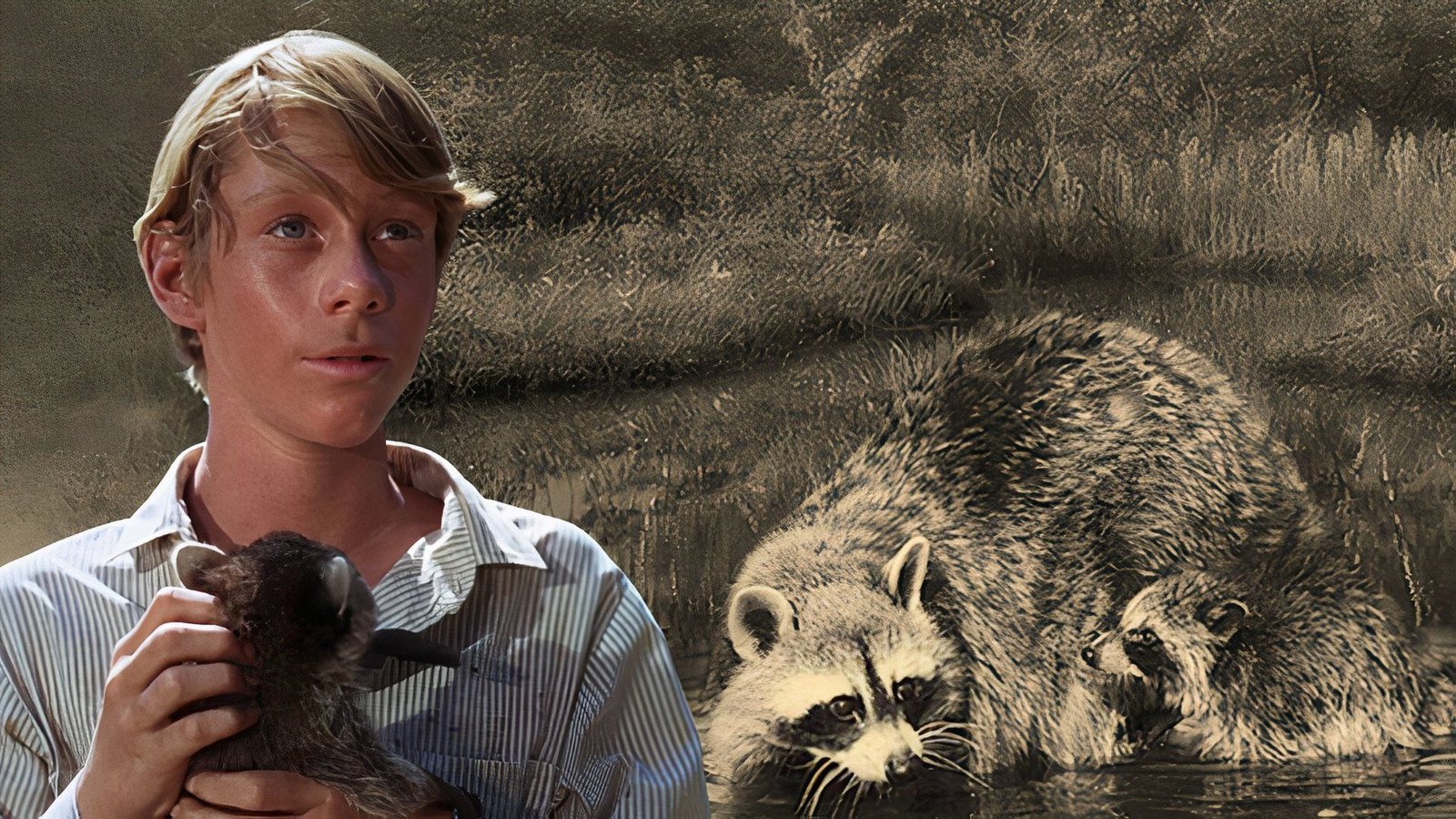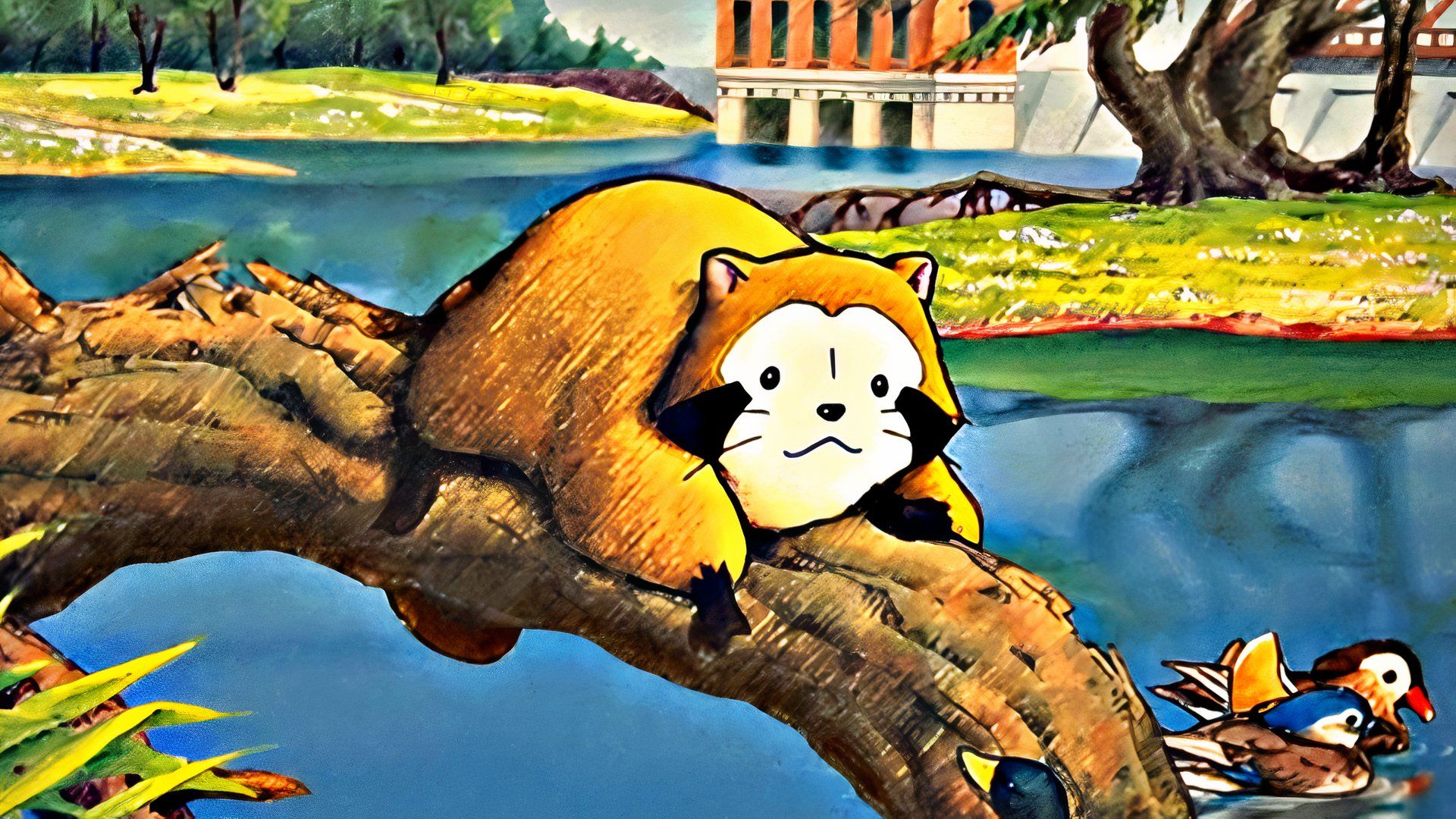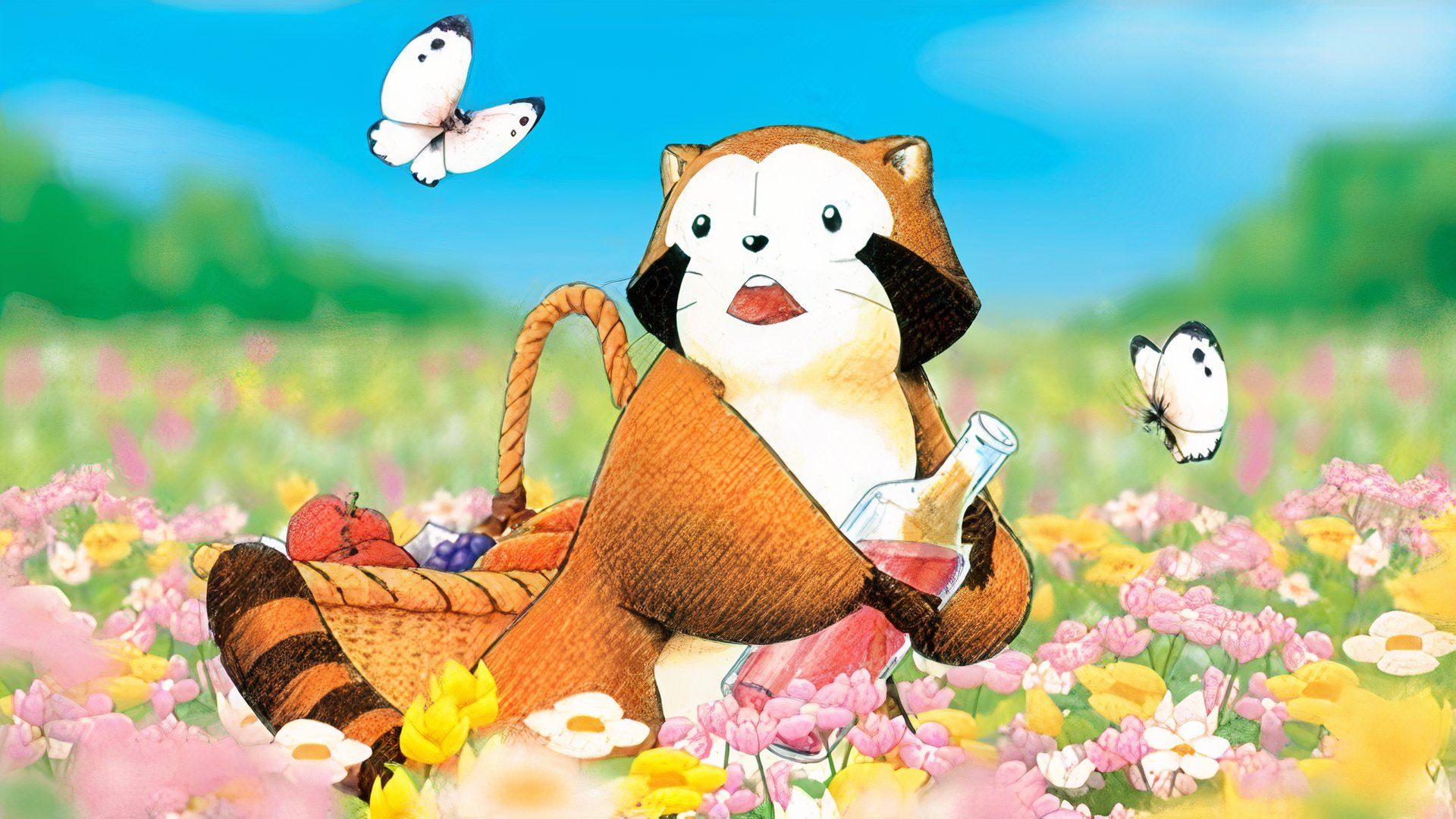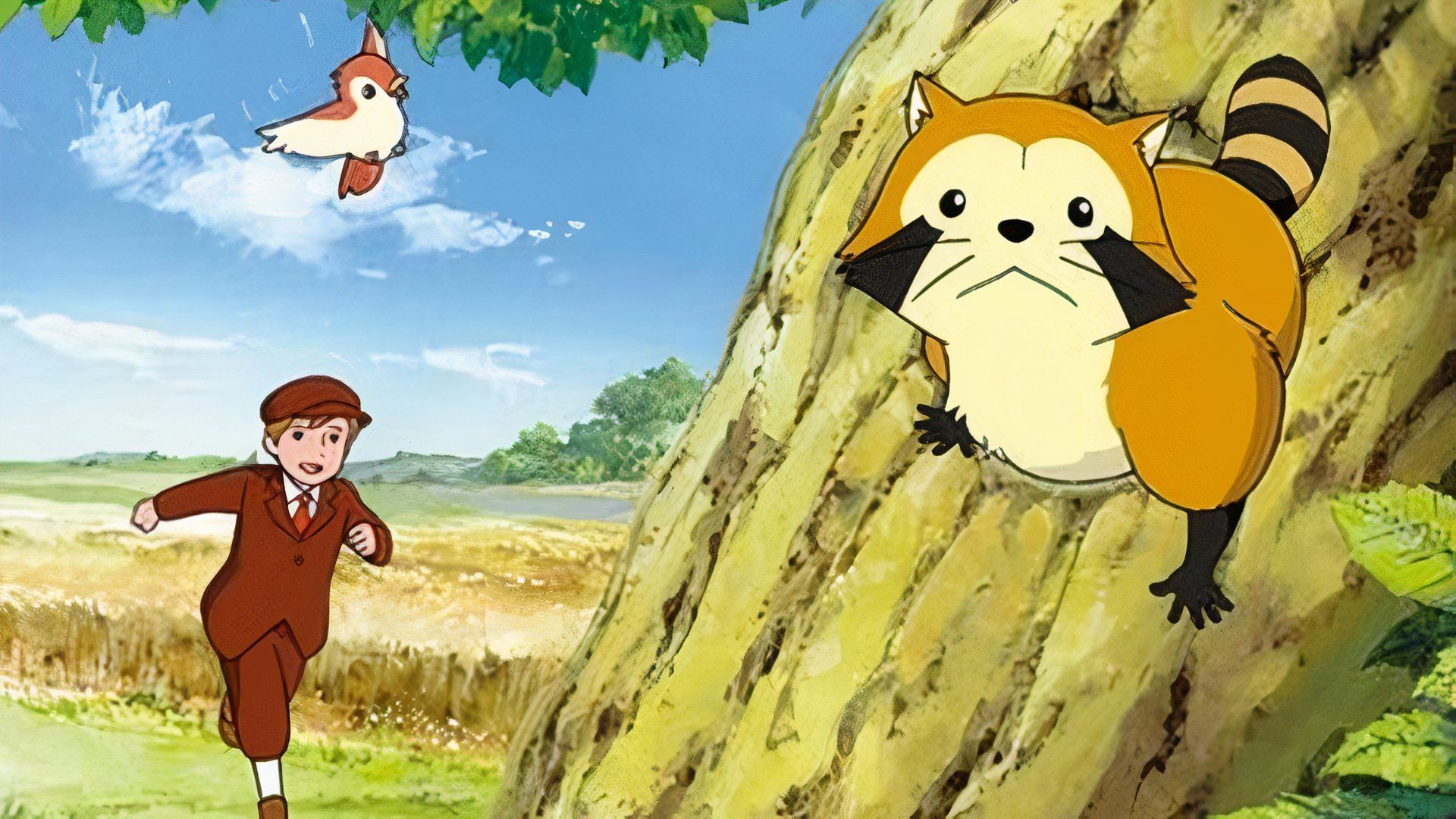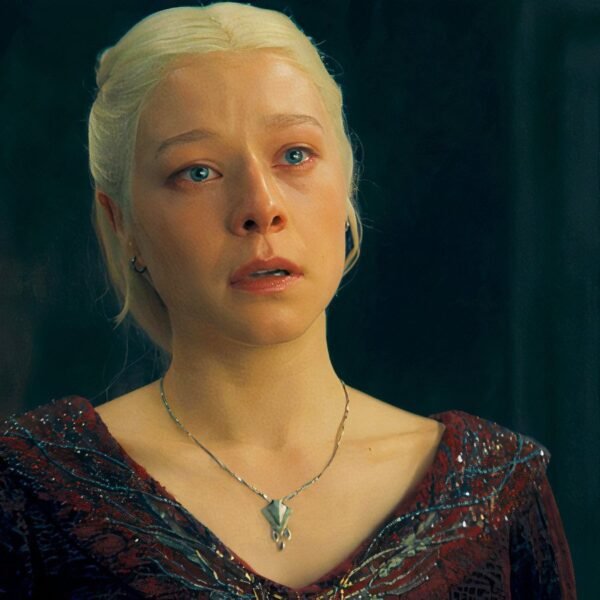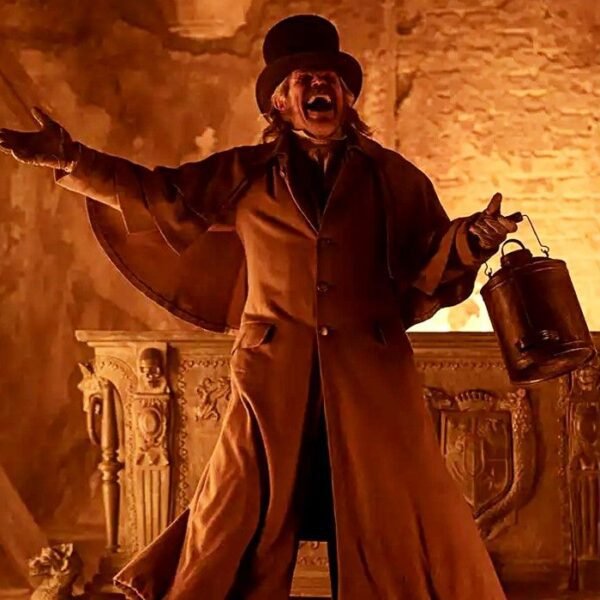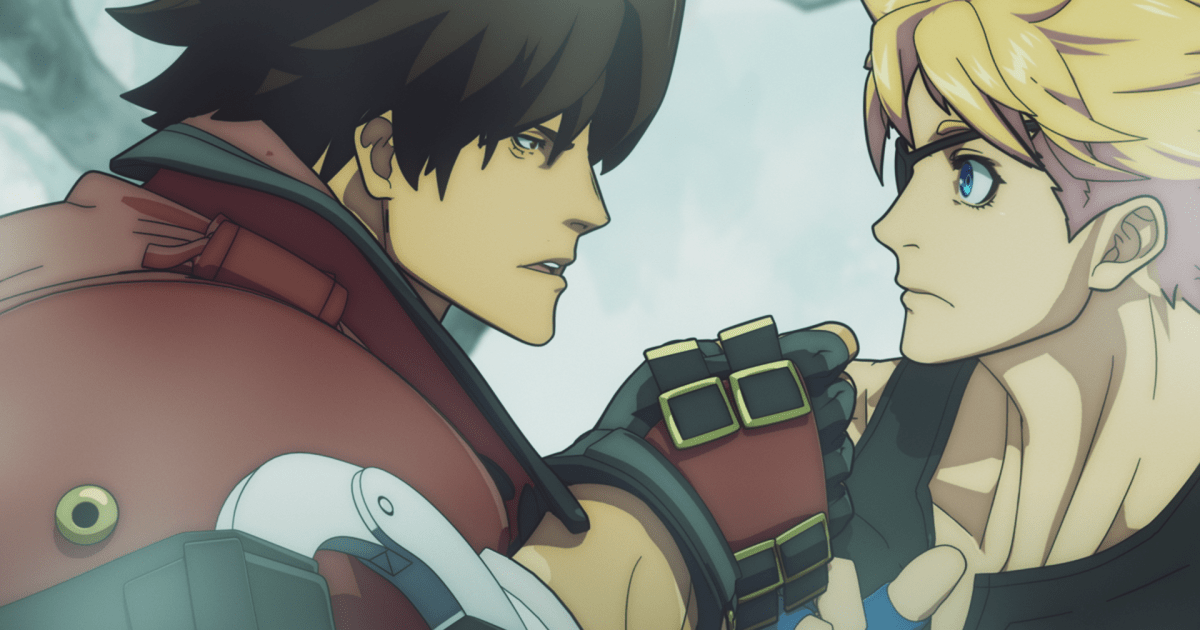Summary
- Japan’s love of cartoon critters and all things cute reached critical mass with Disney’s 1969 movie Rascal, which spawned a subsequent anime series.
- Children’s identification with the show spurred a craze leading to mass raccoon importation, and then a marked increase in discarded pets.
- Now widely dispersed, raccoons in Japan pose a biological threat, carrying disease, and damaging property and crops.
American media has been readily absorbed and reconceptualized in Japan for a century. Walt Disney films and comics were at the forefront of this exchange, and instrumental in the development of the manga and anime genres. However, a downside of this exchange is an unlikely environmental crisis, as reported by Nautilus in 2017.
Adapted from Sterling North’s children’s novel Rascal: A Memoir of a Better Era, the 1969 Disney film, Rascal, was so beloved it inspired its own cartoon in Japan. Japanese viewers viewed this exotic animal as a bewitching, enigmatic entity. It’s a fluffy, aloof animal capable of great affection, albeit decked out with ferocious dog-like teeth they aren’t afraid of using. They possess a penchant for washing their meals before eating while simultaneously dumpster diving for rotting hunks of nauseating rubbish.
In Rascal, this boy lets the wild animals sleep in his bed. Spoilers: in the sentimental ending of the film and book, the protagonist, played by Bill Mumy, releases his animal companion into the wild where he belongs, the story at its core about respecting nature and each and every creature’s niche in that wilderness. This plot point was so effective that Japanese children by the thousands eagerly relinquished their pets to reenact the ending of the film, without really grasping the Walt Disney movie’s deeper subtext: wild animals should be left alone for their safety and ours.
First Godzilla, now feral raccoons. Japan just doesn’t have any luck when it comes to invasive species. If your only knowledge of the nocturnal omnivores is limited to Rocket Raccoon, you are in for a rude awakening, and we don’t mean that metaphorically. In reality, they love staging blood-curdling impromptu MMA matches at three A.M., depleting your koi pond, and leaving squishy gifts in your front yard in the early morning. Japan’s love of the cuddly animal hero backfired in catastrophic fashion, as a pestilence was unleashed that would haunt the island nation for three generations, ravaging the countryside and urban neighborhoods alike.
This Invasion Was an Inside Job
The American live-action movie was adapted in Japan by the Nippon Animation Company as the TV show Araiguma Rasukaru (Rascal the Raccoon) in the mid-’70s. If that sounds familiar, Hayao Miyazaki worked at Nippon Animation at that time, but did not have any direct input in this production, as far as records indicate. Raccoon fever — not to be confused with leptospirosis, which they also transmit — spread across Japan.
Estimates place the number of imported creatures coming into Japan at about 1,500 a year in the heyday of the cartoon series. It was canceled in 1977 after 52 aired episodes. The anime capitalized on the nation’s fixation on cartoon animals, which exploded around this period, explains Alma Reyes of the Tokyo Weekender:
Since the release of Hello Kitty in 1974, there’s been a fascination with anime characters and childlike illustrations. They became a national craze among women and men, both young and old. Owning a cute character, from personal accessories to household items, was seen as adorable and, therefore, kawaii
.
The anime serial cast a longer and more meaningful legacy than just some plushies and lunch boxes. After those kids grew up and forgot about the adorable animals frolicking in the woods, the real-life raccoons they released were gleefully destabilizing local ecosystems. This sort of nearsighted fan enthusiasm has led to other animal neglect incidents before, most notably when the Harry Potter franchise resulted in a spike in the number of white owls purchased by fans who quickly lost interest in them. Gizmodo reported hundreds of discarded creatures abandoned in Wales alone in shelters after the film hype died down in 2012.
How the Species Unleashed a Biological Disaster
We wish this story had a quirky, funny ending, but it doesn’t. Transporting raccoons into Japan was made illegal as the authorities observed the trend of foreign pets going rogue when owners tired of them. We’ve all heard the accounts of alligators flushed down NYC toilets and urban legends of escaped pythons stalking the Florida Everglades after their owners released them into the wild.
Most people will never encounter a python or alligator in their pool, thankfully. However, in Japan, all but five of the 47 prefectures were inhabited by masked refuse raiders at the time of Araiguma Rasukaru‘s 30th anniversary. As seen in this National Geographic documentary, once a raccoon finds free real estate in your attic, they aren’t going to leave voluntarily.
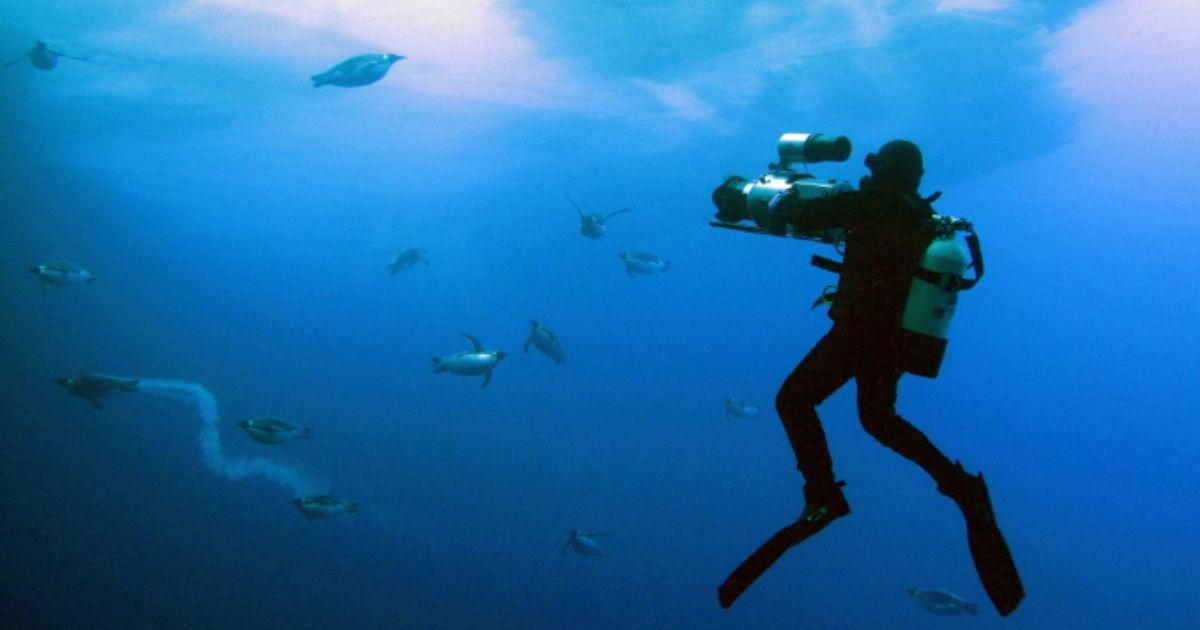


Your Favorite Nature Documentary Is Probably Phony
The nature shows you watch on the BBC, the Animal Planet, or PBS are about as “real” as the photos Instagram celebrities upload.
Japan’s raccoon problem is, like the Rascal story, a cautionary tale. For one thing, they don’t actually need humans. Unless that is, you count our weekly all-you-can-eat buffet of sacks of delicious kitchen scraps. More often than not, they revert to their primal instincts. The toll from the raccoon epidemic is getting harder to ignore as the plague of raccoons spreads across all corners of Japan, wiping out 10s of millions of dollars worth of crops, eating endangered species, and posing a nuisance to public safety and the health of Japan’s pets.
They Only Come Out at Night …
“Trash pandas,” as they are referred to in the United States, will eat just about anything, climb anything, and have a habit of leaving piles of feces in inconvenient places. Unlike their depiction in Walt Disney’s films, they are not pleasant animals, unafraid to strut into temples and leave their own kind of offering. All those critically threatened species they devour have to go somewhere.
Biologists are quick to remind anyone who stumbles upon their waste never to touch it. The Wide Open Spaces website explains that the droppings are probably contaminated with parasites and bacteria which can jump easily across species, adding to their danger. Dodging raccoon turds is difficult as they really like crapping on people’s patios under cover of darkness.
Every so often, raccoons will use human habitation areas as a toilet, most commonly crawl spaces, woodpiles, haylofts, decks, roofs, or your kid’s swing set.
A ruined cookout is one thing, but it gets more terrifying. Raccoons are a primary vector for spreading rabies, arguably the most horrific and traumatizing way to die. Japan conquered the zoonotic viral infection in dogs back in the late 1950s, but with raccoons added into the equation, mingling with unvaccinated pets, and possibly infected bats which likely still inhabit parts of Japan, all that meticulous work may be swiftly nullified. Domo arigato, Walt.
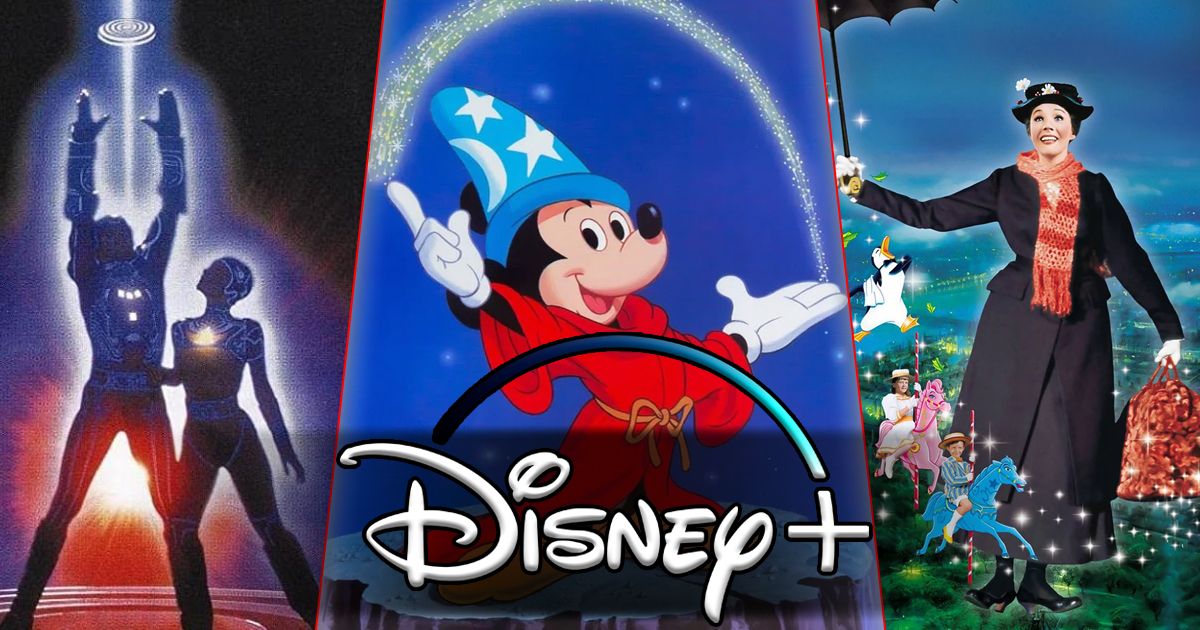


25 Best Classic Older Movies on Disney+ to Watch Right Now
Disney+ is more than just a home for Marvel and Star Wars, with plenty of classic older movies available to watch.
Yet there remains some nostalgia for the anime series. Nippon Animation still features Rascal on their website. This is as local municipalities now deploy raccoon management teams to assess the threat best and take steps to mitigate the species’ march. What started as a footnote to long dead kid’s entertainment program is slowly turning into a David Cronenberg film.
Those wide-eyed kids who hugged and snuggled little raccoons 40 years ago are now battling a losing war against the furry menace. The tragic part is that raccoons are intelligent and resourceful animals only following their instincts, forced into a strange predicament through the bungling antics of their human captors. Rascal tried to warn us.
Both Disney’s Rascal and Nippon Animation’s Araiguma Rasukaru are available on Blu-ray and/or DVD.


